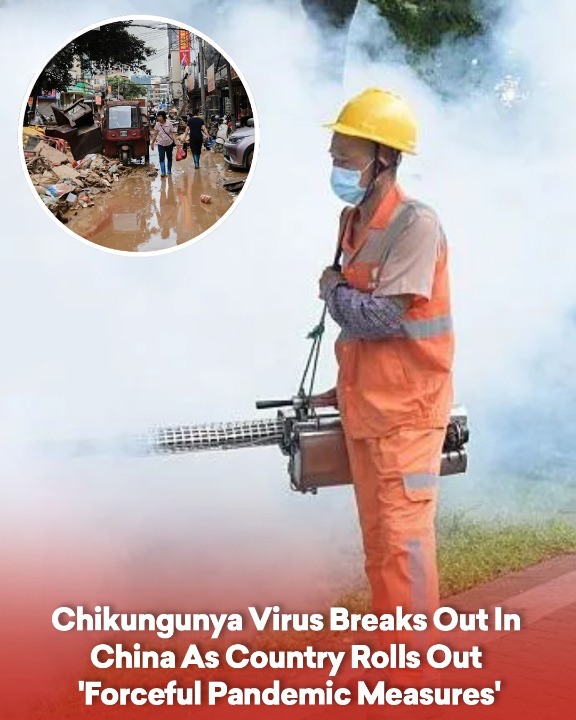Chikungunya Virus Breaks Out In China As Country Rolls Out ‘Forceful Pandemic Measures’
China is facing a rapid spread of the mosquito-borne Chikungunya virus, with over 7,000 cases reported in Guangdong province since July—nearly 3,000 in the past week alone. Foshan is the epicenter, but 12 other cities are affected, including Hong Kong, where a 12-year-old boy contracted the virus after traveling to the mainland.
The government has launched an aggressive response, echoing its early COVID-19 strategies. Hospitals are isolating patients under mosquito nets, while residents face fines for failing to remove stagnant water—a breeding ground for mosquitoes. Authorities are even releasing mosquito-eating fish into lakes to curb the outbreak.
Chikungunya, transmitted by Aedes mosquitoes, causes fever, joint pain, and rashes. While most recover within a week, some suffer prolonged joint pain. The elderly and those with chronic conditions are at highest risk. Unlike COVID, it doesn’t spread person-to-person, but infected mosquitoes can rapidly expand its reach.
The surge has triggered lockdown-like measures, including brief travel quarantines in neighboring cities. Drone surveillance and public health patrols have become commonplace, reviving memories of pandemic-era controls.
Experts warn climate change and urbanization are fueling the virus’s spread. With cases detected in 110 countries, the WHO is monitoring closely, though no travel bans are in place yet.
China’s swift action reflects lessons learned from COVID. While two vaccines exist globally, they’re not widely available, leaving containment as the primary defense.
The outbreak’s trajectory remains uncertain, but China’s aggressive measures aim to prevent further spread. If cases cross borders, other nations may adopt similar strategies to curb the virus. For now, Guangdong’s mosquito war is a test of preparedness—and a warning for the world.






